




Ocular hypertension (OHT) occurs when the intraocular pressure is higher than normal but there are no signs of glaucoma or damage to the eye and optic nerve. The presence of OHT increases the risk of progression to glaucoma and requires regular monitoring of intraocular pressure, optic nerve appearance and function including optic disc OCT and formal visual field testing. If glaucoma does start to develop it will be spotted at the earliest possible stage when treatment is most effective.
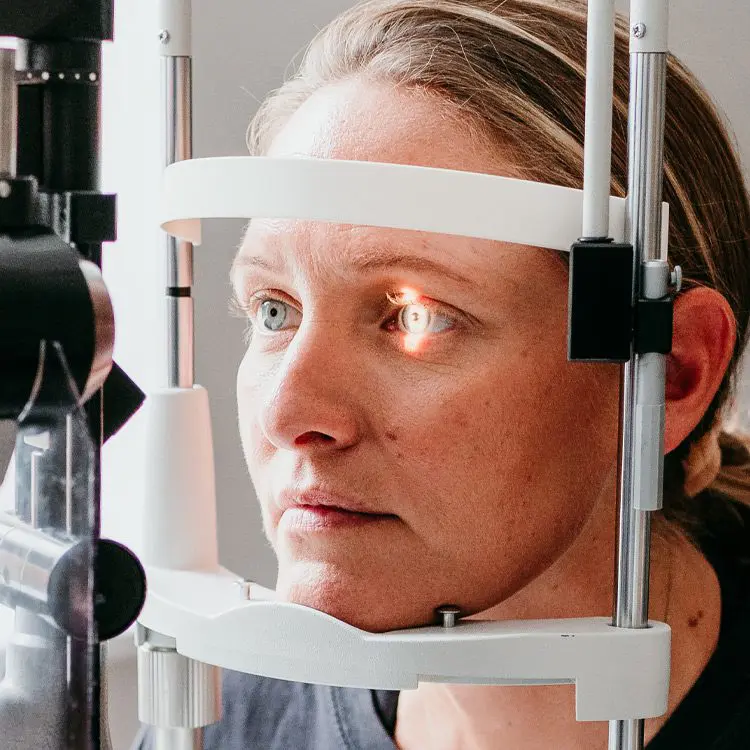
What are the Symptoms?
What are the Causes?
Anyone can develop ocular hypertension, but some have a greater risk including: those with family history of ocular hypertension or glaucoma, people who have diabetes or high blood pressure, people over age 40, African-Americans and Hispanics, people who are very myopic (nearsighted), people who take long-term steroid medications, people who have had eye injuries or surgery and those with pigment dispersion syndrome (PDS) or pseudoexfoliation syndrome (PXF).
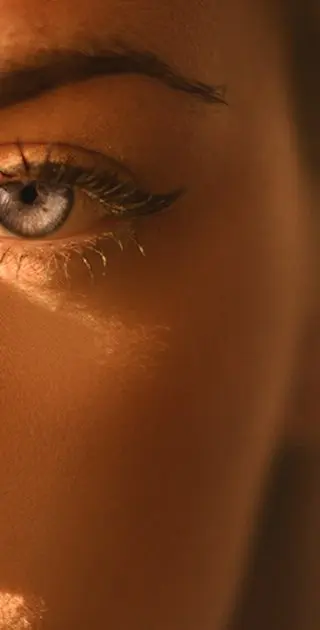
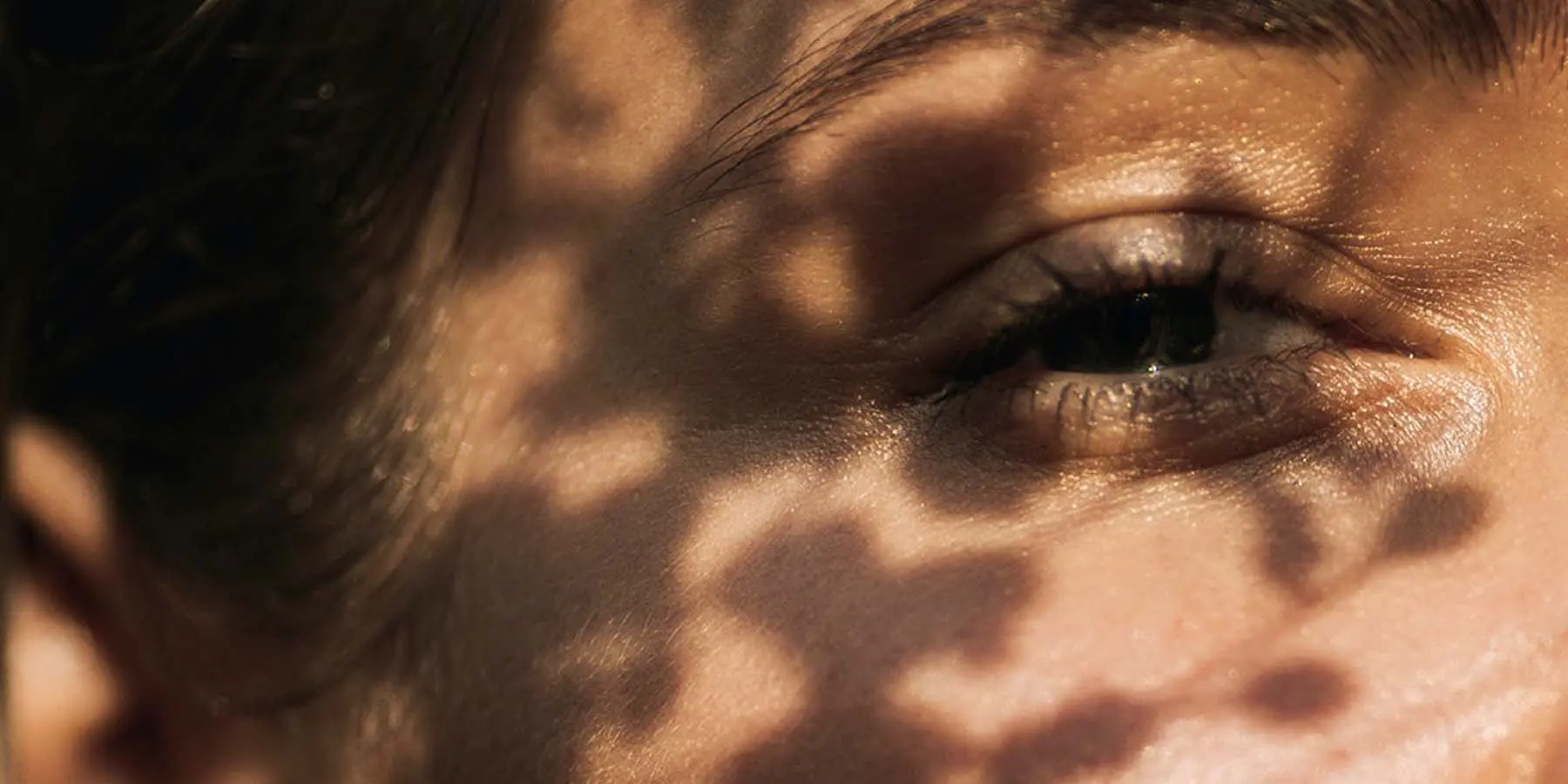
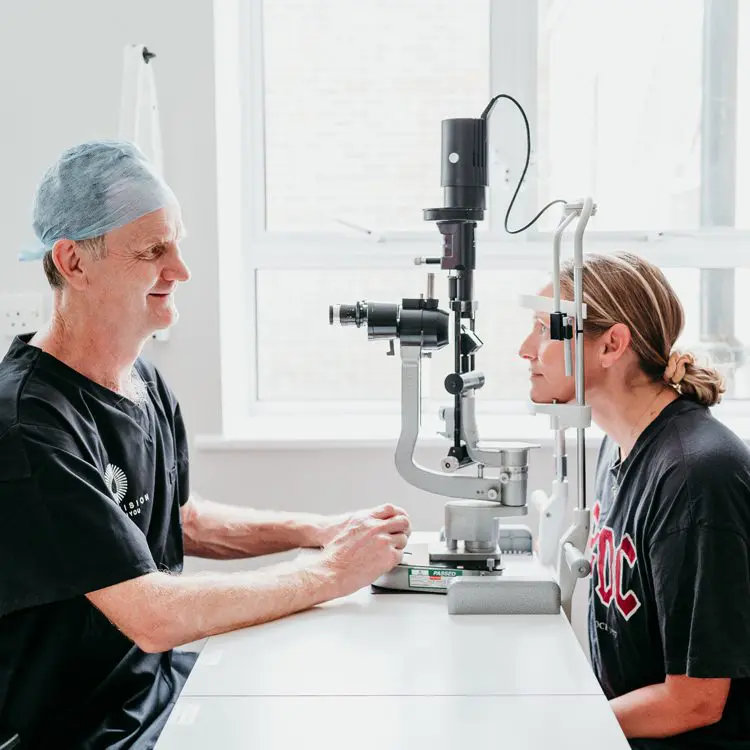
What is the Diagnosis?
OHT is monitored by measuring the intraocular pressure using a Goldman applanation tonometer (adjusting for the central corneal thickness) in combination with visual field testing and optic disc OCT measurements. A target intraocular pressure is calculated for each patient based on their baseline intraocular pressure, central corneal thickness and the evidence of any visual field loss or change in optic disc / retinal nerve fibre layer measurements. Patients are commenced on a topical medication and drop in pressure of <1/3 is usually required to prevent any progression to glaucoma. Patients will require regular 6-12 monthly follow-ups.
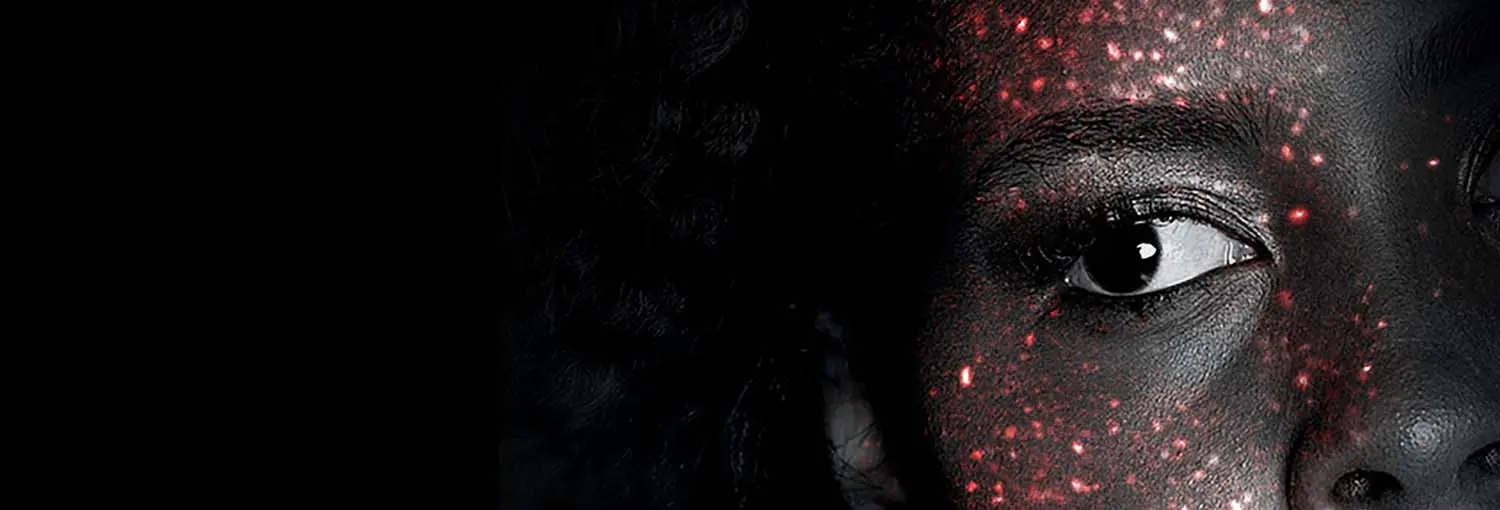
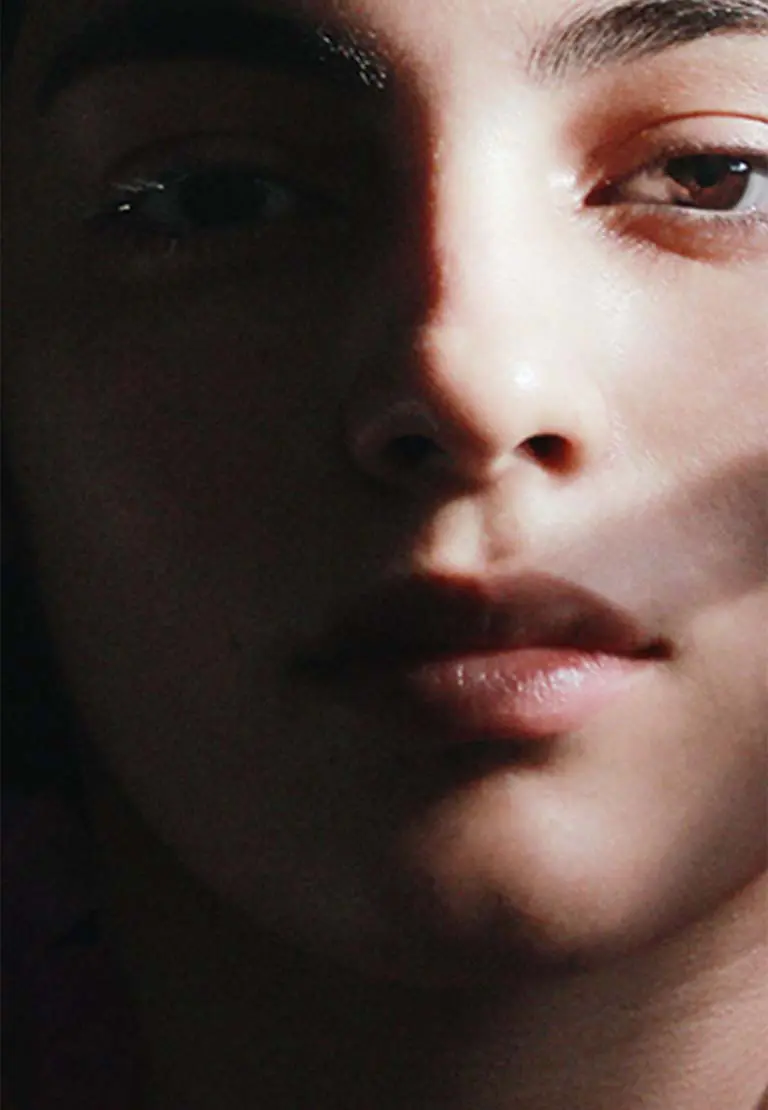
Treatment Options
Choosing the right vision correction clinic for your surgery is paramount. This is a life changing procedure after all, and you need to have complete trust in your surgeon and care team of professionals.
Our Technology
We invest in the latest equipment hand chosen by our surgeons, so that we can deliver outstanding results with the safest surgery possible.